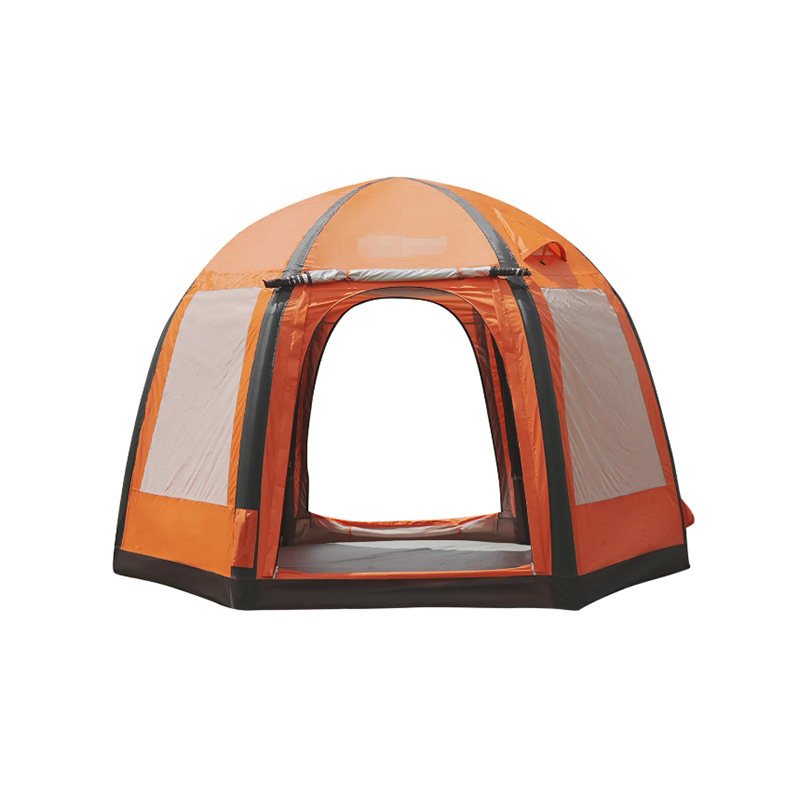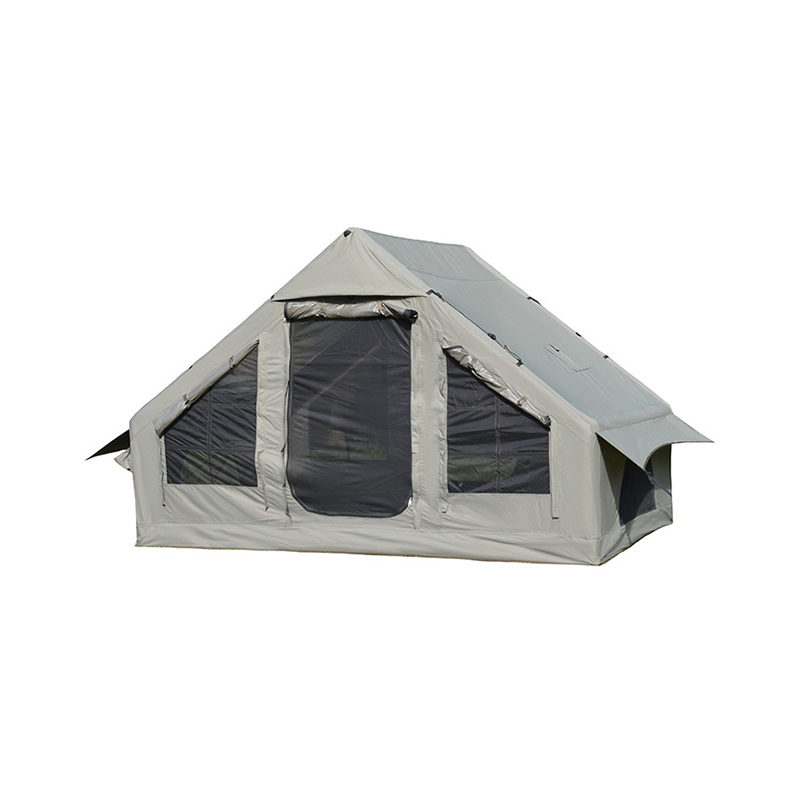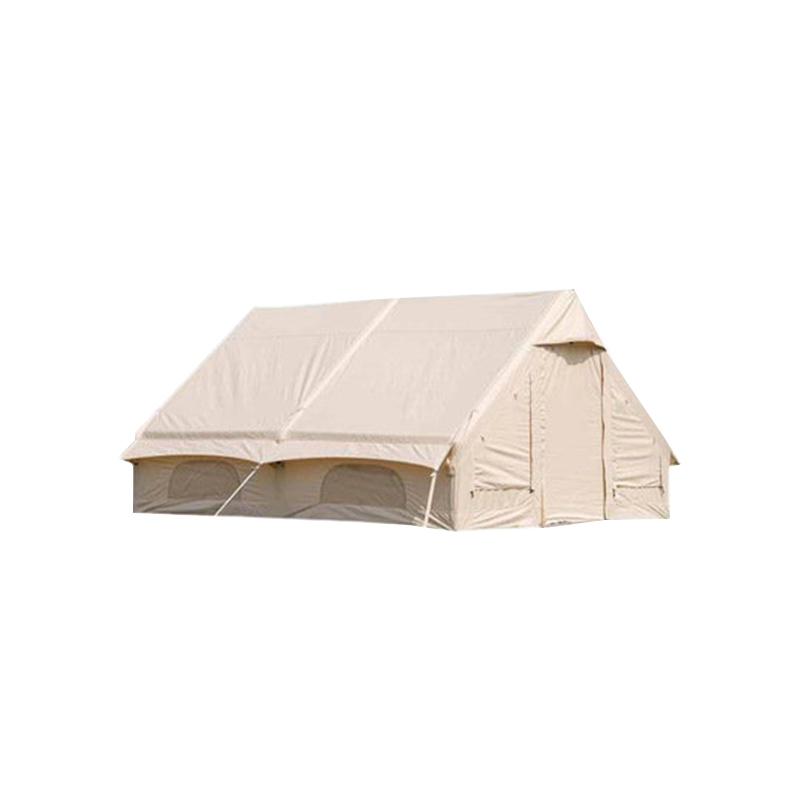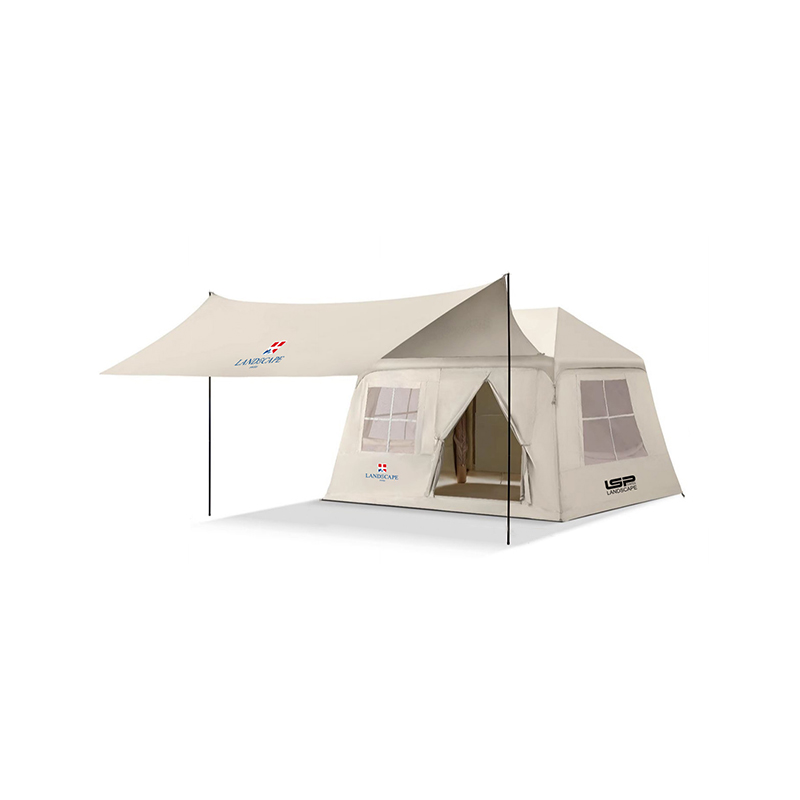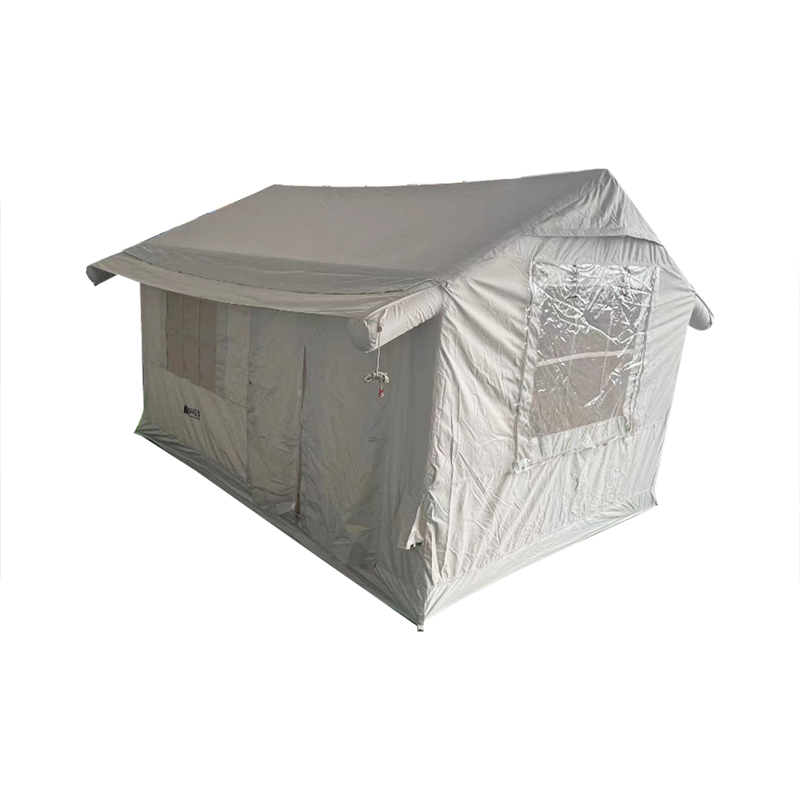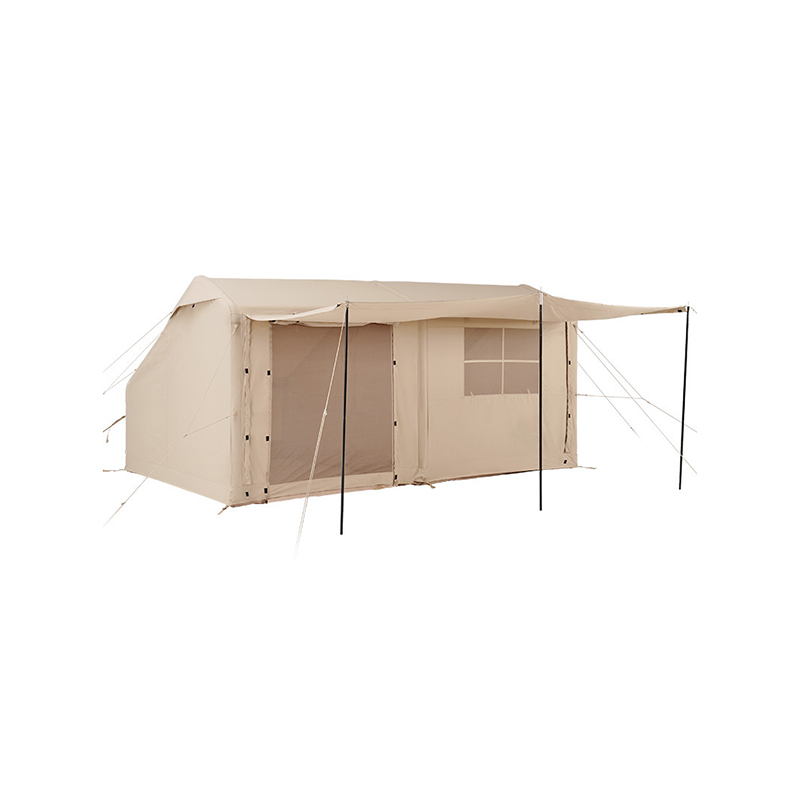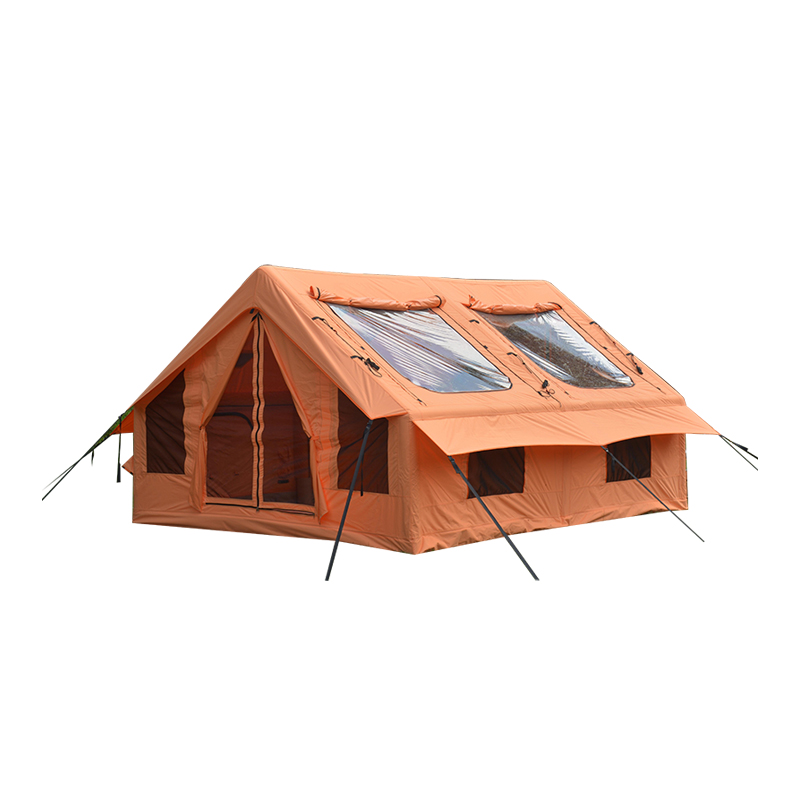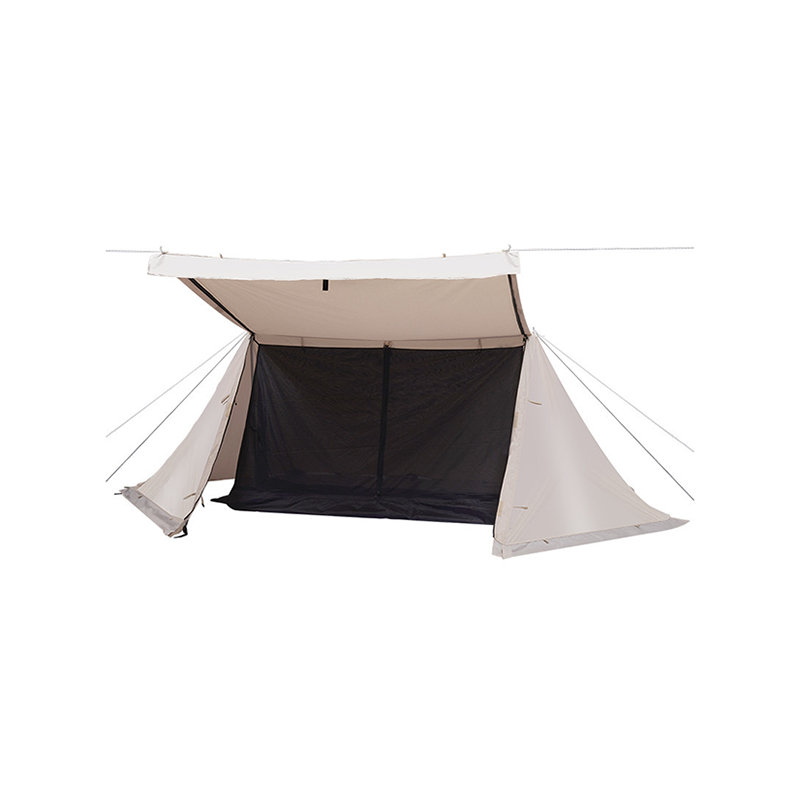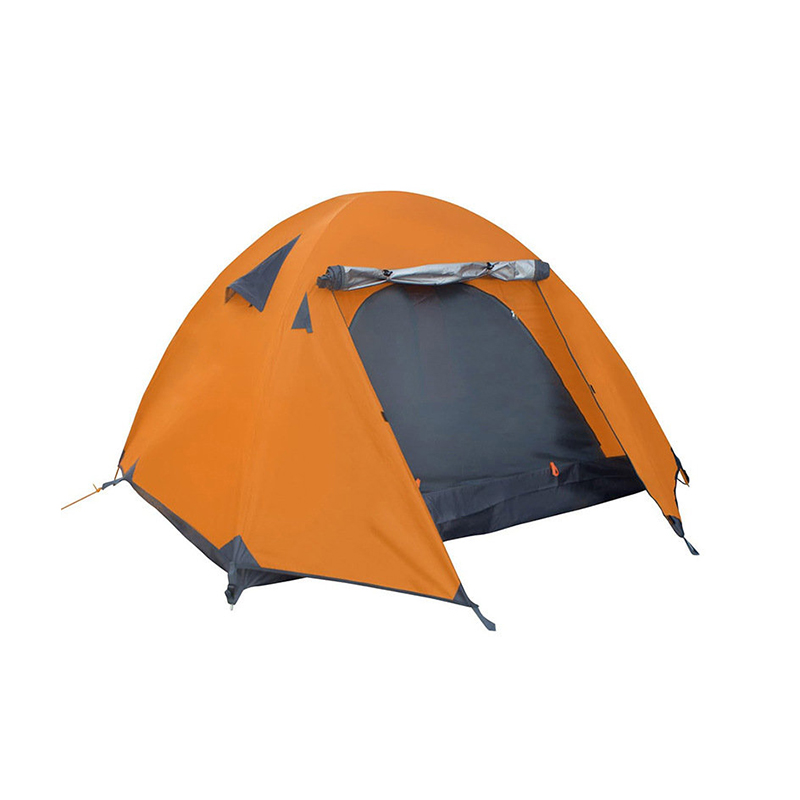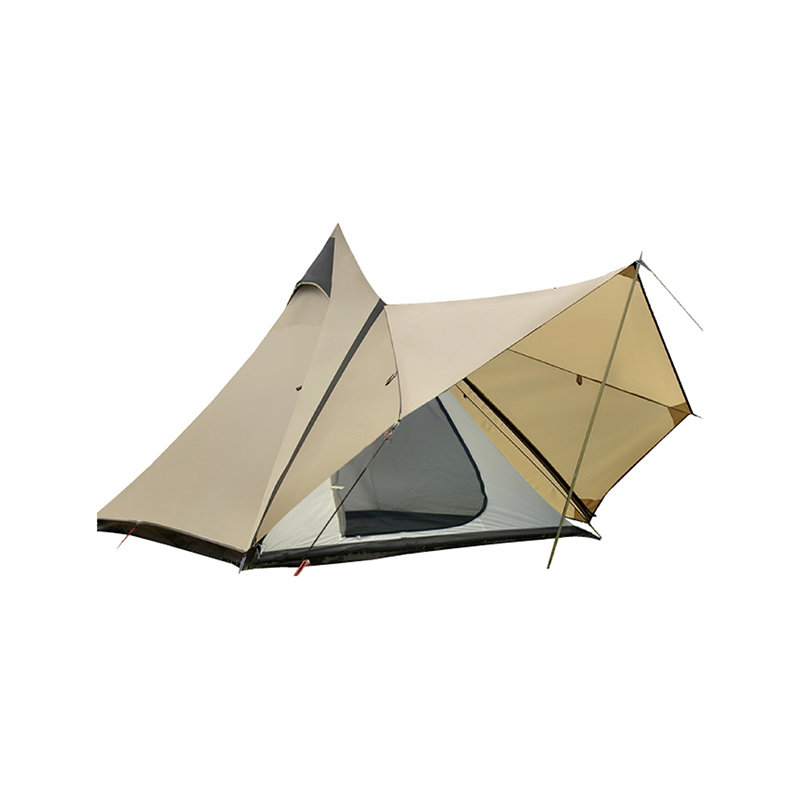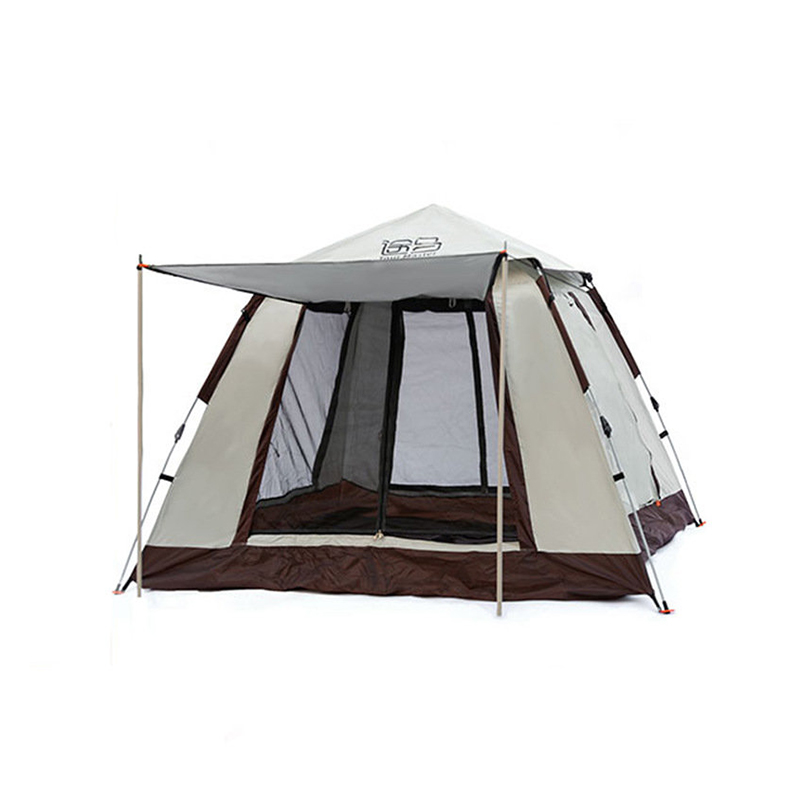Condensation forms when warm, moist air inside the tent comes into contact with cooler surfaces such as the tent walls. This causes water droplets to accumulate, creating an uncomfortable and damp environment. To prevent this, the ventilation system promotes air circulation within the tent, which helps regulate temperature and moisture levels. The airflow ensures that the warm, moist air can escape and is replaced by fresh, cooler air from outside. This continuous exchange prevents moisture from accumulating inside the tent, reducing the chance of condensation. As air enters through low vents, it pushes warm air upward, allowing it to exit through higher vents or the top of the tent. By ensuring that the internal temperature and humidity levels remain balanced with the external environment, the ventilation system helps to maintain a dry and comfortable atmosphere inside the tent, even when the outside conditions are humid or rainy.
Effective vent placement is critical for maximizing the ventilation system’s ability to prevent condensation. Vents positioned at the top of the tent help expel warm air that rises naturally within the enclosed space, while low vents at the base allow fresh, cool air to enter, creating a natural air exchange. The higher vents facilitate the escape of moisture-laden air, which is warmer and lighter, while the lower vents draw in cooler, drier air to maintain the airflow. This process creates a natural cross-ventilation effect that keeps the internal atmosphere fresher and less prone to condensation. Mesh windows and adjustable openings at the sides of the tent further enhance airflow, giving campers more control over how much air enters and exits the tent.
Mesh panels and zippered openings provide campers with flexibility in controlling the level of ventilation inside the tent. Mesh panels allow for ventilation while still protecting the tent from insects, making them ideal for warmer or muggy conditions. When the weather is dry or warm, campers can fully open these mesh panels to maximize airflow, ensuring that moist air is efficiently replaced by fresh air. On the other hand, the zippered openings give campers the ability to adjust ventilation based on the prevailing conditions. If the outside temperature is cold and the internal environment needs to be kept warm, the zippers can be partially closed to retain heat, while still allowing some airflow. Conversely, if the tent is too humid or the air feels stagnant, the zippers can be opened fully to increase ventilation and reduce internal moisture levels.
While a rainfly provides essential weather protection by shielding the tent from rain, snow, and wind, it also plays a key role in the ventilation process. The rainfly that is too tightly stretched against the tent can trap moisture between the layers, leading to condensation build-up. To mitigate this, many Manual Set-Up Camping Tents are designed with a gap between the rainfly and the main body of the tent, allowing air to circulate freely between the two layers. This gap allows warm, moisture-laden air to escape from the interior of the tent, preventing it from getting trapped under the rainfly. Some rainflies also feature vented designs or flaps that can be opened or closed to adjust airflow. This design ensures that the rainfly provides protection against the elements without compromising the effectiveness of the ventilation system.
Many Manual Set-Up Camping Tents come with adjustable ventilation features, allowing campers to tailor the airflow to their specific needs. Vent flaps or rainproof covers over vents provide additional control over the tent's internal climate. These features allow campers to adjust the size of the vent openings based on external weather conditions. For example, if the weather is windy and cold, campers can partially close the vents to retain warmth inside the tent while still maintaining some airflow. On the other hand, in warmer or more humid conditions, campers can fully open the vents to increase airflow and reduce the internal humidity.



 English
English 中文简体
中文简体